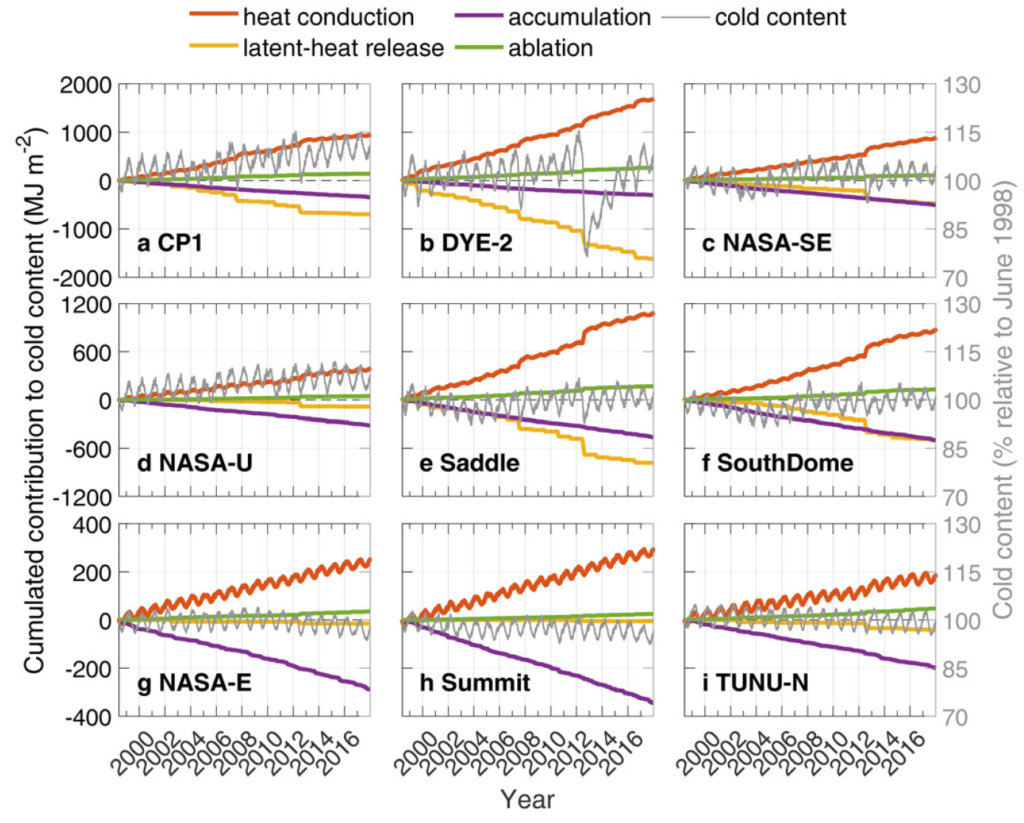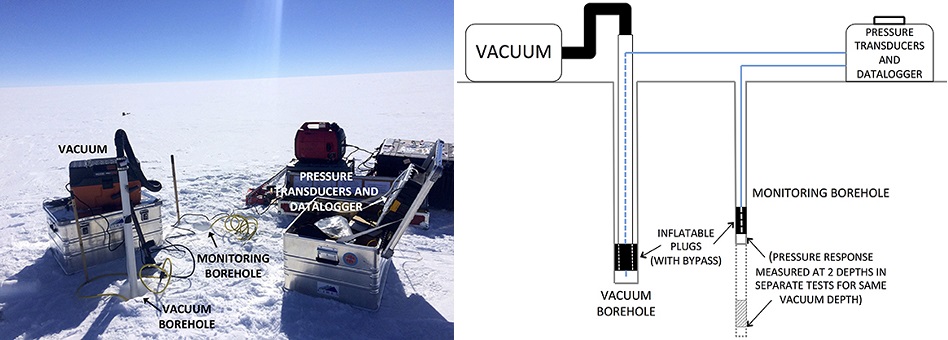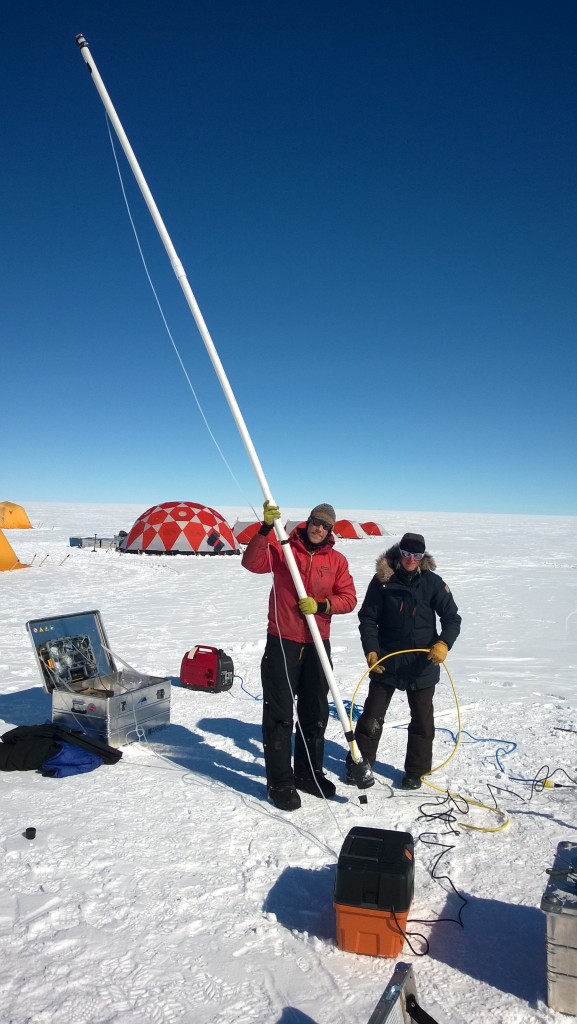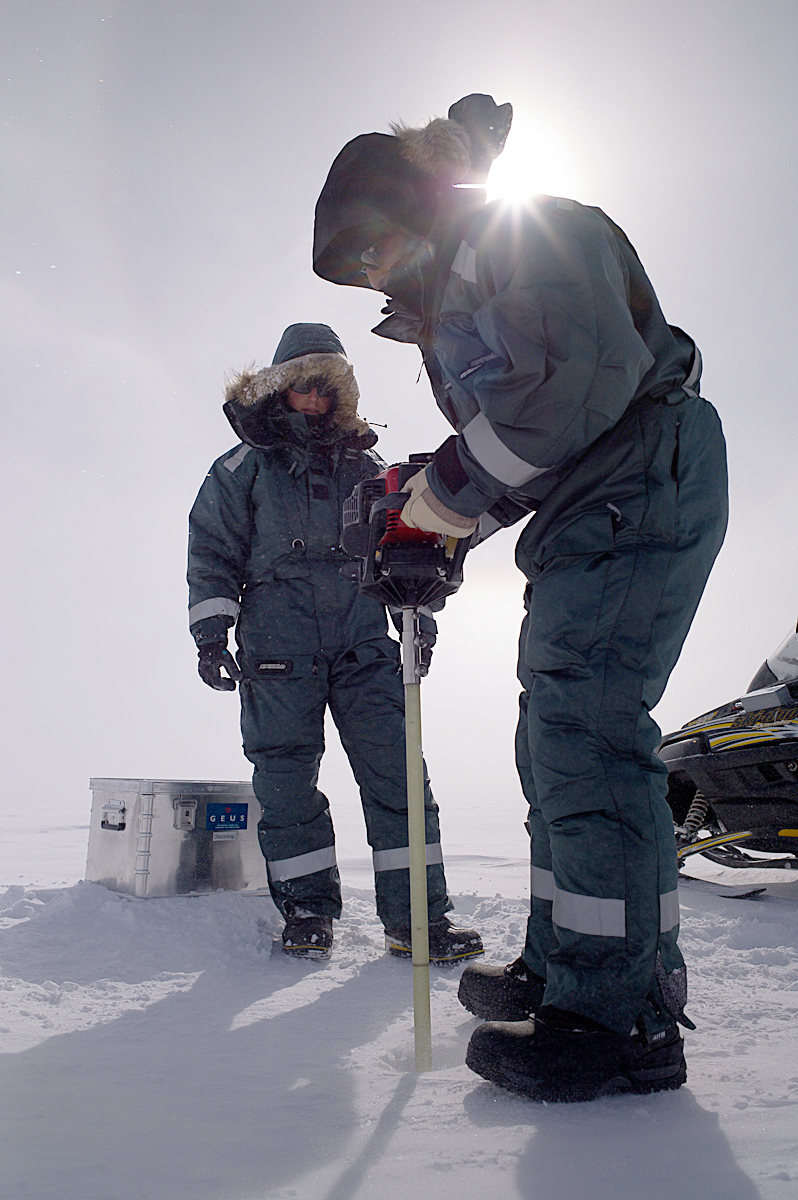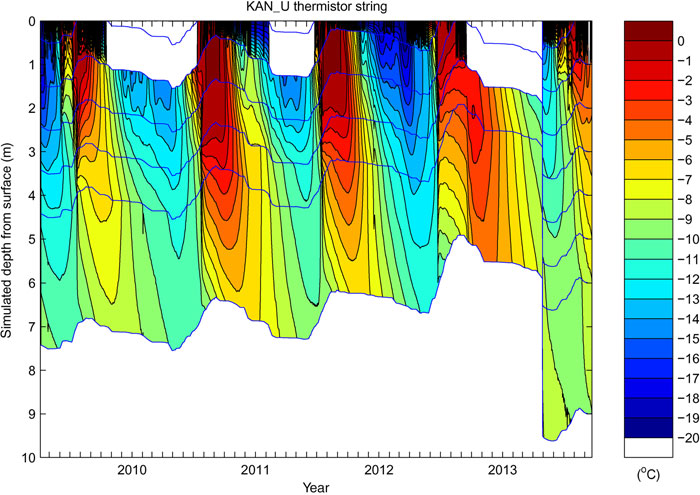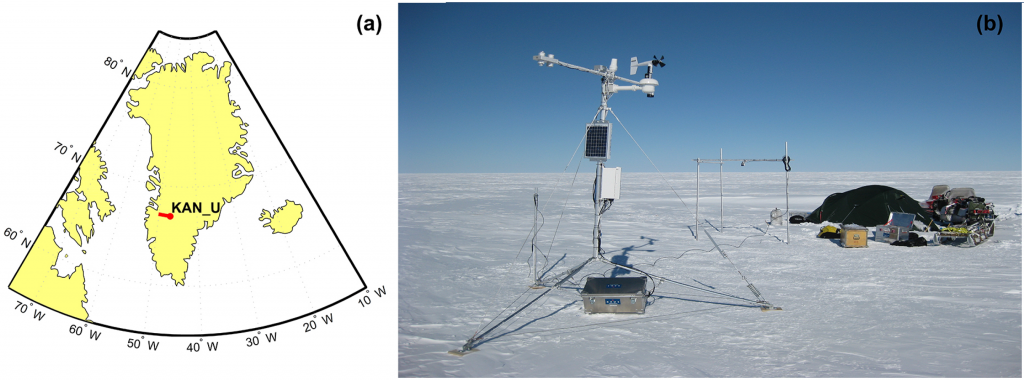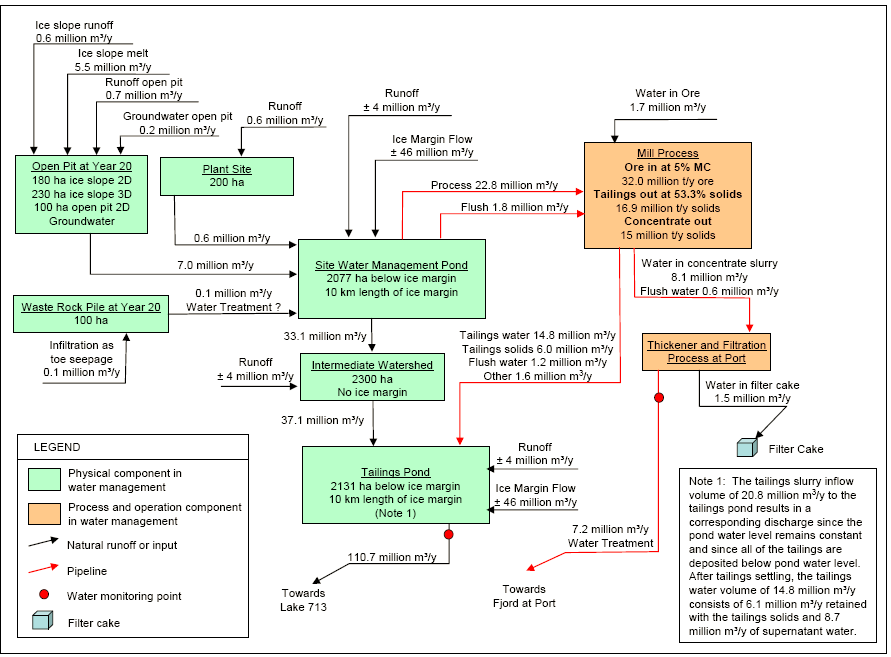We have a new study out that looks at the fate of East Rongbuk Glacier under the current range of IPCC Shared Socioeconomic Pathways (SSPs). East Rongbuk Glacier is located on the north slope of Mount Everest, also called Chomolungma, where the climate is very cold and dry. The relatively little snowfall at East Rongbuk Glacier makes it sensitive to small increases in surface melt associated with climate change. Many different glaciological observations, including surface mass balance, ice thickness and ice temperature, have been collected at East Rongbuk Glacier by different teams working at the site over many years. This makes it a relatively data rich glacier site within high mountain Asia.

In this study, we simulate East Rongbuk Glacier with an ice flow model. The surface forcing of the ice flow model is the magnitude and spatial distribution of accumulation and ablation, as well as surface temperatures. We use climate data from ten different CIMP6 ensemble members as surface forcing. The model then simulates the thickness, temperature and velocity of the glacier that fits with this surface forcing. Once we ensure that the model simulates the present-day glacier thickness, temperature and velocity, as well as recently observed ice loss, we apply the SSP-126 (low emissions), SSP-370 (middle of the road) and SSP-585 (high emissions) climate projections of the CIMP6 ensemble. The model then simulates the changing form and flow of the glacier under these future scenarios.
Although we use ten CMIP6 climate forcings, we generally focus on the pattern revealed by the ensemble mean, rather than any one particular CMIP6 climate projection. We find that under the SSP-126 scenario, East Rongbuk Glacier will likely experience maximum, or peak, meltwater runoff around 2030. About 55% of the glacier volume will remain at the end of this century. Under the SSP-370 and SSP-585 scenarios, the peak water will likely occur around 2060. Under these scenarios, less than 30% of the glacier volume will remain at the end of this century. While glacier volume less per year is decreasing by the end of the century under SSP-126, it is still decreasing quite rapidly under SSP-370 and SSP-585. This suggests that adopting SSP-126 would have a significant impact on stabilizing the volume of East Rongbuk Glacier. This may be characteristic of broadly similar glaciers in high mountain Asia.

We do a variety of simulations to test the sensitivity of these projections against assumptions of the model. These sensitivity simulations highlight the importance of including ice dynamics, which change glacier geometry, when projecting meltwater runoff decades into the future. Many projections of glacier runoff in high mountain Asia do not yet include changes in ice geometry over time. While important, however, the impact of incorporating ice dynamics into glacier projections is still limited in comparison to the choice of climate forcing. Individual members of the CMIP6 climate forcing ensemble can yield very different projections. For example, a “high sensitivity” CMIP6 member suggests that East Rongbuk Glacier may disappear completely by the end of the century under SSP370, while a “low sensitivity” CMIP6 member suggests that 40% of the glacier may remain at the end of the century under SSP585. This highlights the substantial uncertainty in our present understanding of the fate of East Rongbuk Glacier.
Zhang, T., Wang, Y., Leng, W., Zhao, H., Colgan, W., Wang, C., Ding, M., Sun, W., Yang, W., Li, X., Ren, J., and Xiao, C. 2024. Projections of Peak Water Timing From the East Rongbuk Glacier, Mt. Everest, Using a Higher-Order Ice Flow Model. Earth’s Future. 12, e2024EF004545. https://doi.org/10.1029/2024EF004545


